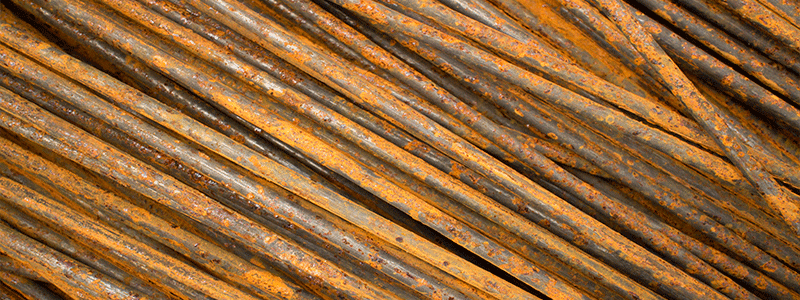Corrosion can occur in most any metal, and even though it is not common, corrosion can even occur in galvanized steel. Though galvanized steel can be the solution to many of your corrosion problems, it is important to understand corrosion, where it comes from, what it means, and how to fix it. Here is a short explanation of 5 types of corrosion.
Galvanic Corrosion. This is the most common type of corrosion and occurs when two different metals come into contact with each other and an electrolyte. In this case, the active metal will corrode and the noble metal will remain protected. Like most cases of corrosion, the environment the metal is in plays a big part, but it can also have to do the two metals you have coming into contact with each other.
Pitting Corrosion. Pitting corrosion occurs in certain areas of a metal rather than throughout the entire metal piece. Certain parts of the metal are exposed to more atmosphere or are weaker than the rest of the structure. The small areas which most commonly corrode are often in important areas and joints of a metal piece while the rest of the areas are perfectly intact.
Microbial Corrosion. As its name suggests, microbial corrosion is caused by the presence of microorganisms. These microorganisms can be present even when there is no oxygen getting to the metal.
High-Temperature Corrosion. With high-temperature corrosion, the metal begins to break down due to heating. This can be caused by the exposure of too much heat in the atmosphere, or it can even be caused by heat which is induced by a chemical process which oxidizes the metal.
Crevice Corrosion. Crevice corrosion occurs in small gaps and cracks where moisture can become trapped and little fluid can escape. This happens in gaskets, seals, seams, and other tight areas where moisture can easily become trapped.

